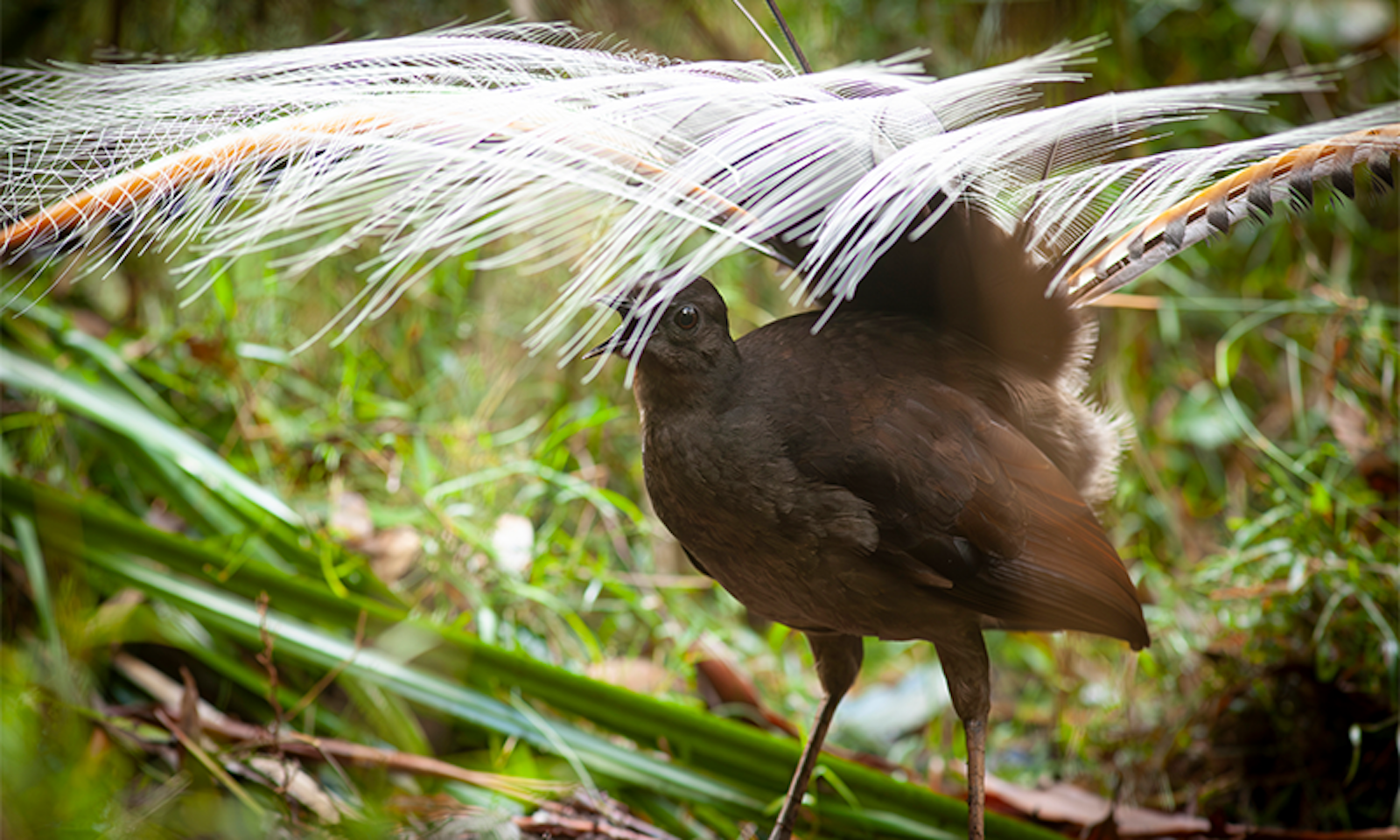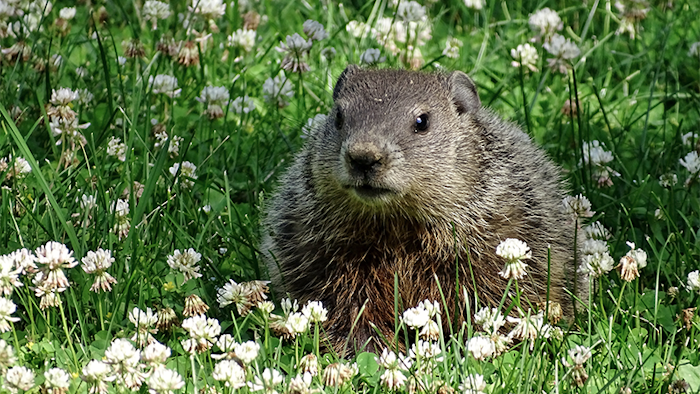Down in a gully, beneath a canopy of tree ferns and towering mountain ash, I hear the echoing clacks and undulating whistles I’ve been searching for. It’s taken a leech bite, a few thwacks to the face by branches, and a plunge into shin-deep mud on this crisp day in late May, but at last I’ve encountered Australia’s superb lyrebird.
The creature is brown and pheasant-sized, and it sings and dances atop a scratched-up mound of dirt. I can tell by its lyre-shaped plume that the bird is a male. His shivering silver and brown tail feathers spread and fold over his face.
Superb lyrebirds are world famous for their near-perfect imitations. Human admirers come from far and wide to hear them here in Sherbrooke Forest, just outside of Melbourne, on the custodial lands of the Wurundjeri people. One man from Melbourne was so obsessed with observing the species that he opted to live part-time in the forest within a massive hollowed-out log.
As I watch through binoculars, Australian ecologist Alex Maisey translates the bird’s wild and varied imitations for me: “Grey butcherbird. Crimson rosella. Golden whistler. Magpie.” I recognize the roll of kookaburra laughter. My jaw drops when the bird’s call seems to echo the whooshing sound of wings.
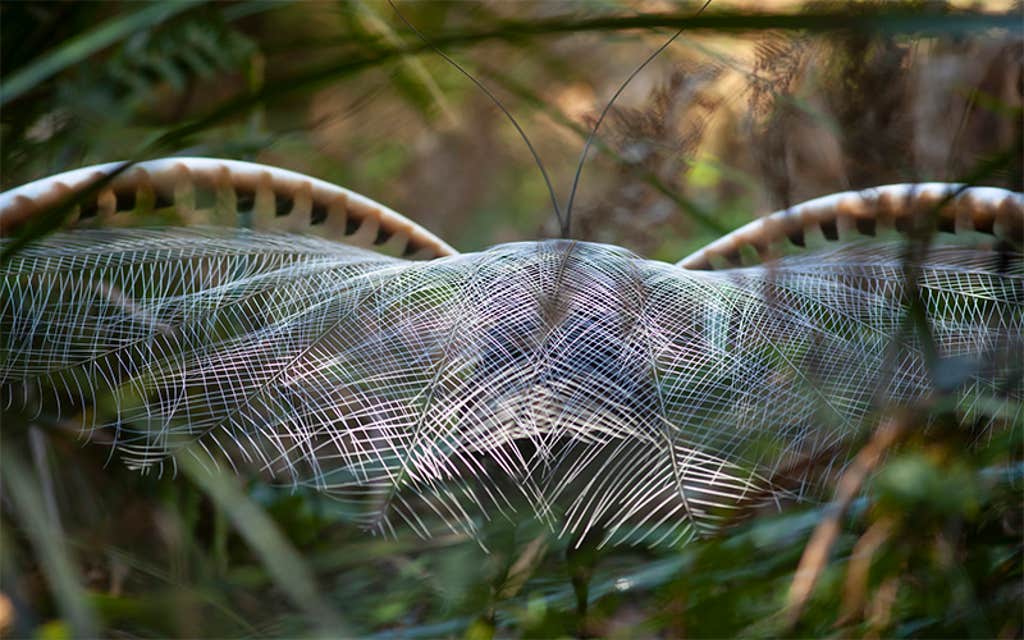
The lyrebirds’ performances are a classic example of an excessively complex trait or behavior that was likely shaped through sexual selection. Charles Darwin first introduced this theory in 1859 to explain why elaborate, seemingly non-adaptive characteristics, such as a peacock’s tail, persist over generations. Virtually all birds make short calls to communicate. But Darwin argued that birdsong, which is more lyrical and complex, belongs almost exclusively to males, who use it to either attract mates or establish territory; the role of females, he believed, was to silently judge whose melody was most appealing.
What started as a revolutionary idea in biology has, in the time since, closed many scientists’ ears to competing narratives. Indeed, when biologist Anastasia Dalziell first started studying lyrebird songs in the late 2000s, she focused on males, as only male lyrebirds enjoyed a reputation for mimicry. Shortly after finishing her doctorate on lyrebird mimicry, however, the musician-turned-ornithologist realized her thesis needed revision. During a stint of fieldwork in the Blue Mountains, a forested landscape of peaks and valleys west of Sydney, Dalziell kept hearing female lyrebirds singing and mimicking.
Across the songbird tree, female voices were clamoring to be heard.
People who live near lyrebirds had also heard females vocalize, especially when someone approached a nest. But no researcher had formally documented these instances in the scientific literature. Eager to build a record, Dalziell, together with Justin Welbergen, a professor of animal ecology at Western Sydney University, set up a dedicated line of research as part of their program called LyrebirdLab. Ecologist Vicky Austin of Western Sydney University has led the ear-opening endeavor. Her findings suggest that female lyrebirds are just as skilled at singing as males, though they do so for different reasons. In the Blue Mountains, for instance, Austin has shown that females consistently whistle their own tunes, interlaced with imitations of other birds, which are used to protect the nest.
For example, when a lyrebird mother feels threatened by a pied currawong, an egg eater with bright yellow eyes, she will often imitate the calls of larger avian predators, possibly to frighten or confuse, and draw the burglar away from the nest. “We’ve only just unraveled the fact that female birds sing, but there’s this whole other section now about mimicry that we’re trying to get to the bottom of as well,” Austin says.
It was a duet that initially inspired ornithologists to take another look at the social context of female song. When barred owls (Strix varia) court, the male and female trade a series of alternating gurgles, hoots, caws, and cackles that echo through the treetops like a troop of noisy monkeys. A behavioral ecologist named Karan Odom studied the duet in the late 2000s and began to wonder: If each sex has their own distinct part, could females of other species be singing, too?
For more than a century, Western science had defined birdsong as the longer, lyrical, and more elaborate vocalizations that male birds make during the breeding season. But what if that definition was too narrow?
Odom joined with other like-minded scientists to look back in history and see if females were ever heard vocalizing in complex ways, even if, at the time, that wasn’t technically considered singing. She spent months pouring through 16 large tomes detailing every described bird species. “I was really surprised how much female song was documented, how much it seems to crop up, again and again,” said Odom. Odom and colleagues ultimately published a 2014 global survey of songbirds that revealed that females sing in a whopping 71 percent of species examined. Across the songbird tree, female voices were clamoring to be heard. Odom and others went onto create the Female Bird Song Project, an online database that aims to systematically catalog female birdsong globally.
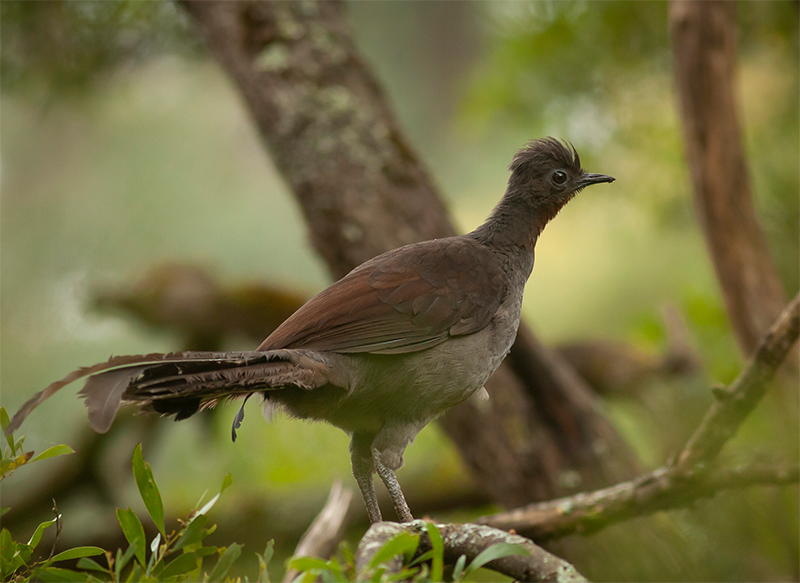
Down Under, researchers at the LyrebirdLab are doing their part. Austin, Dalziell, and Welbergen are the first to place cameras and microphones in and around lyrebird nests. Similar to male lyrebirds, the female’s song is embedded with bouts of mimicry, although their imitations are not as repetitive and they tend to copy more predators. The reasons for the whistling are unclear, but Austin suspects it involves competition for space and resources—and the ongoing need to signal one’s presence to defend those assets. Female lyrebirds are aggressive with one another, destroying each others’ nests and attacking each others’ young. Mothers often build multiple nests throughout their territory, possibly as back-ups, decoys, or territorial markers. Whistling a song every morning could be a safe and easy way to signal: No trespassing.
In one set of experiments, Austin challenged wild female lyrebirds as they left their nests, pulling back a sheet to reveal a stuffed fox, currawong, or rosella. Each of these taxidermied intruders triggers a different response from lyrebirds. Females mostly ignore the innocuous rosella, a colorful parrot that poses no threat to lyrebirds or their offspring. But when a fox is present, females scream in a way that implies multiple voices, like an army of birds facing a threat. Lyrebirds might produce this disorienting alarm to fool a predator into thinking it’s outnumbered or to recruit other animals to drive the threat away.
Once, Austin observed a mother respond to a currawong at her nest by calling in an ear-splitting mob of bell miners, a native species of honeyeater that swarms and chases native birds from food sources. Another of Austin’s recordings shows a female lyrebird flapping and singing around a goshawk perched at her nest entrance. Three-quarters of her cries involve mimicry, mostly of smaller birds such as scrubwrens, king parrots, and whipbirds. More detailed research needs to be done, but Austin is convinced that mimicry “isn’t just a pretty thing. The female is actually using it functionally.”
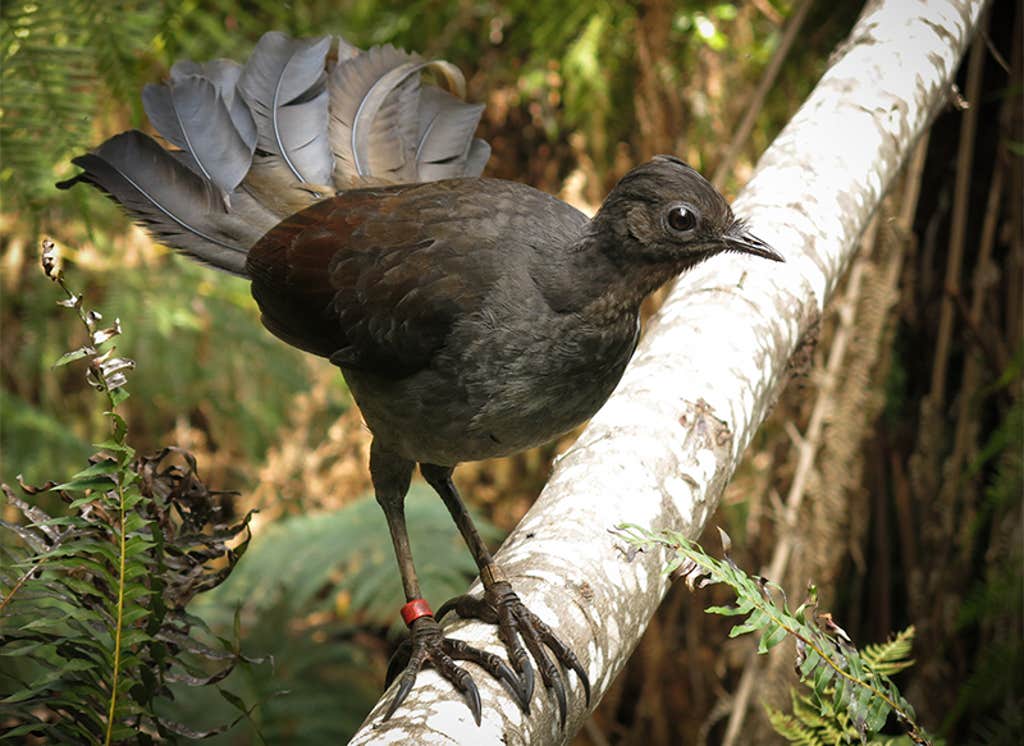
And why not? For the lyrebird, protecting the nest is a high-stakes game, and defenses are limited. Each year the female lays just one egg. This chick takes six weeks to hatch and another month to leave the nest, which is unusually slow for a bird. Meanwhile, males don’t care for offspring at all, leaving females responsible for the species’ survival. “We’ve now got to consider that, in fact, mimicry was all about anti-predator function or about nests,” Dalziell explains. “And then it got co-opted into a sexual signal.”
Even without a clear purpose, it’s possible that a trait like mimicry can persist through generations, via genes or the way a brain is wired—as long as it’s not significantly detrimental. In other cases it really might be about beauty. As evolutionary biologist Richard Prum has pointed out, sexual selection isn’t just about male prowess. It also posits that females powerfully sculpt the evolution of their species simply by choosing mates. Elaborate behaviors like mimicry don’t have to be useful to exist, Prum says; they could be “merely attractive.”
The idea that mimicry can have multiple origins is supported by hard data. Unlike birdsong, which appears to have arisen in a common ancestor and spread widely through the songbird tree, genetic studies suggest vocal mimicry evolved independently on 237 separate occasions and then disappeared in at least 52 of those cases.
Compared to those in the Blue Mountains, most female lyrebirds in Sherbrooke do not sing consistently. Maisey has spent many a morning huddling near nests in the predawn to confirm what Austin was hearing a state away—but he was met with silence. Perhaps in a smaller forest, where lyrebirds and their predators are more concentrated, singing near the nest is simply too dangerous. When a chick is around, Austin says even females in the Blue Mountains are quieter than normal, most likely for fear of giving away their presence to predators.
In such moments of silence, it’s worth remembering: If a female bird isn’t singing, it doesn’t mean she can’t. ![]()
Carly Cassella is an independent science journalist who writes about the natural world and our place within it. Her work has been published in The Atlantic, Australian Geographic, High Country News, and more.
A longer version of this article originally appeared in bioGraphic, an independent publication about nature and regeneration.










